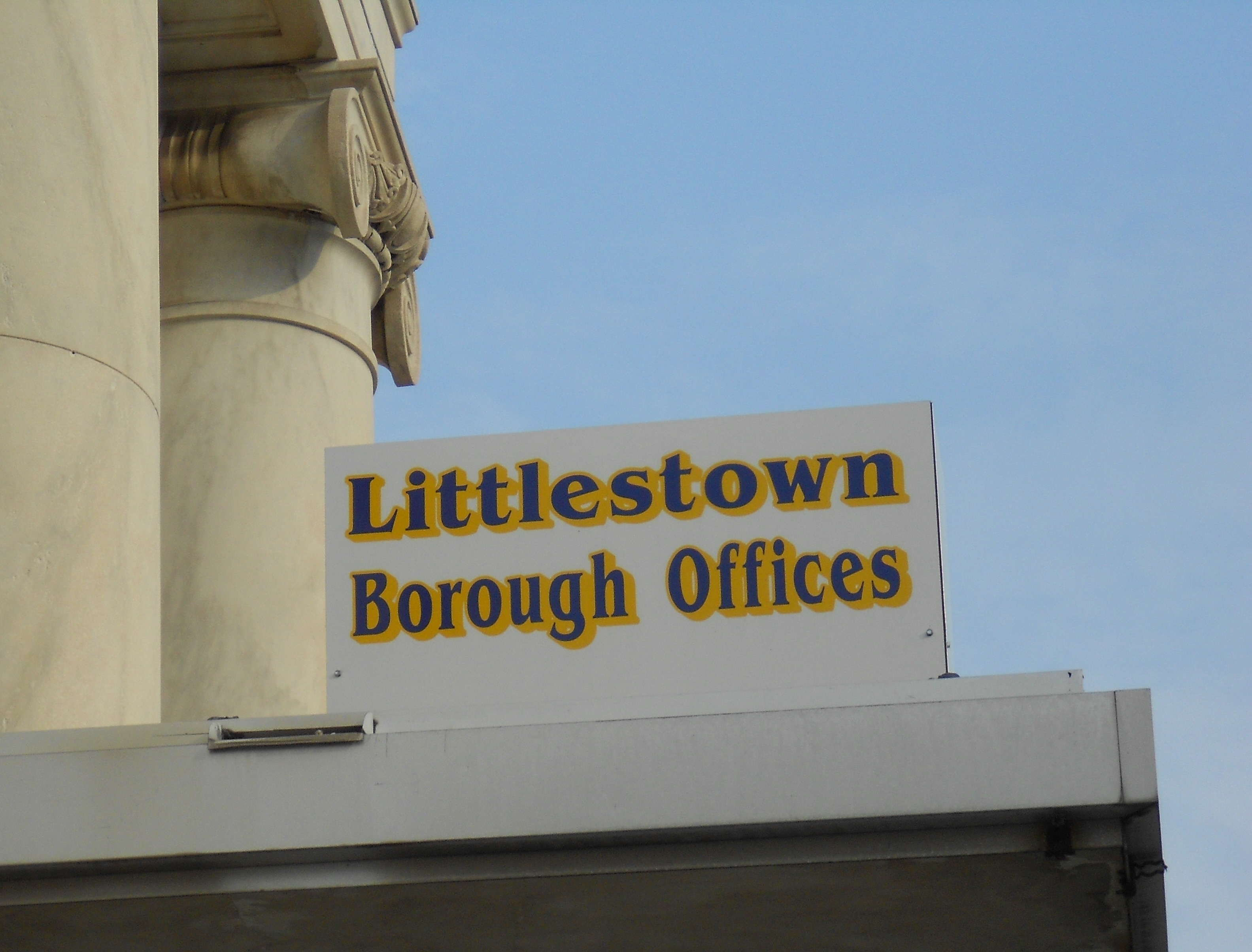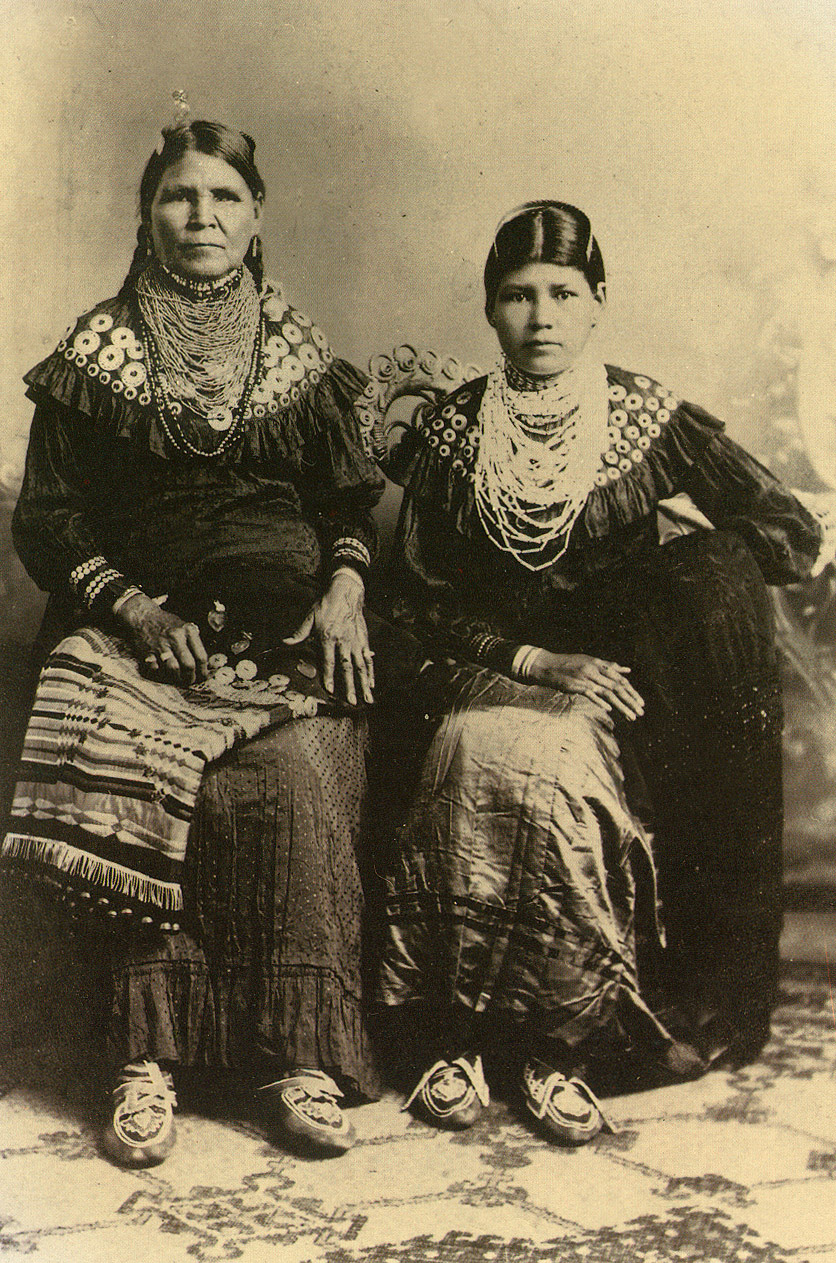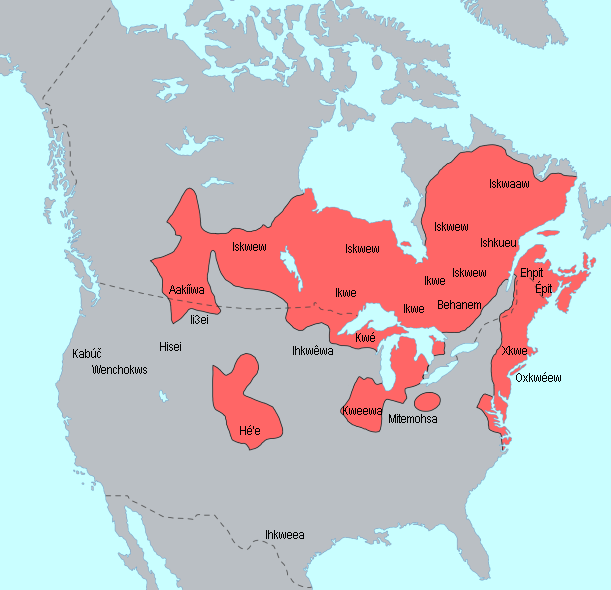|
South Williamsport, Pennsylvania
South Williamsport is a borough in Lycoming County, Pennsylvania, United States. It is famous for hosting the Little League World Series. The population was 6,259 at the 2020 census. It is part of the Williamsport, Pennsylvania Metropolitan Statistical Area. History South Williamsport celebrated the centennial of its incorporation as a borough in 1986. On November 29, 1886, the Lycoming County court incorporated the villages of Rocktown, Billman, and vicinities as the borough of South Williamsport. The land had previously been part of Armstrong Township. The first recorded inhabitants of the Susquehanna River valley were the Iroquoian speaking Susquehannocks. Their name meant "people of the muddy river" in Algonquian. Decimated by diseases and warfare, they had died out, moved away, or been assimilated into other tribes by the early 18th century. The lands of the West Branch Susquehanna River valley were then chiefly occupied by the Munsee clan or phratry of the Lenape, an ... [...More Info...] [...Related Items...] OR: [Wikipedia] [Google] [Baidu] |
Borough (Pennsylvania)
In the Commonwealth (U.S. state), United States Commonwealth of Pennsylvania, a borough (sometimes spelled boro) is a self-governing Municipality, municipal entity, equivalent to a town in most jurisdictions, usually smaller than a city, but with a similar population density in its residential areas. Sometimes thought of as "junior cities", boroughs generally have fewer powers and responsibilities than full-fledged cities. Description All municipalities in Pennsylvania are classified as either Local government in Pennsylvania#City, cities, boroughs, or township (Pennsylvania), townships. The only exception is the town of Bloomsburg, Pennsylvania, Bloomsburg, recognized by the state government as the only incorporated town in Pennsylvania. Boroughs tend to have more developed business districts and concentrations of public and commercial office buildings, including courthouses. Boroughs are larger, less spacious, and more developed than the relatively rural townships, which oft ... [...More Info...] [...Related Items...] OR: [Wikipedia] [Google] [Baidu] |
Iroquois
The Iroquois ( ), also known as the Five Nations, and later as the Six Nations from 1722 onwards; alternatively referred to by the Endonym and exonym, endonym Haudenosaunee ( ; ) are an Iroquoian languages, Iroquoian-speaking Confederation#Indigenous confederations in North America, confederacy of Native Americans in the United States, Native Americans and First Nations in Canada, First Nations peoples in northeast North America. They were known by the French during the Colonial history of the United States, colonial years as the Iroquois League, and later as the Iroquois Confederacy, while the English simply called them the "Five Nations". Their country has been called wikt:Iroquoia, Iroquoia and Haudenosauneega in English, and '':fr:Iroquoisie, Iroquoisie'' in French. The peoples of the Iroquois included (from east to west) the Mohawk people, Mohawk, Oneida people, Oneida, Onondaga people, Onondaga, Cayuga people, Cayuga, and Seneca people, Seneca. After 1722, the Iroquoian-sp ... [...More Info...] [...Related Items...] OR: [Wikipedia] [Google] [Baidu] |
Lenape
The Lenape (, , ; ), also called the Lenni Lenape and Delaware people, are an Indigenous peoples of the Northeastern Woodlands, Indigenous people of the Northeastern Woodlands, who live in the United States and Canada. The Lenape's historical territory included present-day northeastern Delaware, all of New Jersey, the eastern Pennsylvania regions of the Lehigh Valley and Northeastern Pennsylvania, and New York Bay, western Long Island, and the lower Hudson Valley in New York (state), New York state. Today communities are based in Oklahoma, Wisconsin, and Ontario. During the last decades of the 18th century, European settlers and the effects of the American Revolutionary War displaced most Lenape from their homelands and pushed them north and west. In the 1860s, under the Indian removal policy, the Federal government of the United States, U.S. federal government relocated most Lenape remaining in the Eastern United States to the Indian Territory and surrounding regions. The la ... [...More Info...] [...Related Items...] OR: [Wikipedia] [Google] [Baidu] |
Phratry
In ancient Greece, a phratry (, derived from ) was a group containing citizens in some city-states. Their existence is known in most Ionian cities and in Athens and it is thought that they existed elsewhere as well. Almost nothing is known about the functions and responsibilities of phratries outside Attica (the area around Athens). Within Athens, they played a prominent role in social and religious life, particularly in the major festival called the Apatouria. They played an important role in determining eligibility for Athenian citizenship and all citizens (with very few exceptions) and only citizens were enrolled in phratries. Particularly in anthropology, the term is also applied to similar descent groups of multiple clans in other societies. History Origins and etymology The origins of the phratry in ancient Greece are unknown. It is possible that they are Ionian in origin and that their presence in Athens stems from a known migration from Ionia in the late Mycenaean period. ... [...More Info...] [...Related Items...] OR: [Wikipedia] [Google] [Baidu] |
Clan
A clan is a group of people united by actual or perceived kinship and descent. Even if lineage details are unknown, a clan may claim descent from a founding member or apical ancestor who serves as a symbol of the clan's unity. Many societies' exogamy rules are on a clan basis, where all members of one's own clan, or the clans of both parents or even grandparents, are excluded from marriage as incest. Clans preceded more centralized forms of community organization and government, and have existed in every country. Members may identify with a coat of arms or other symbol. Etymology The word "clan" is derived from the Gaelic word meaning "children", "offspring", "progeny" or "descendants". According to the ''Oxford English Dictionary'', the word "clan" was introduced into English in around 1406, as a descriptive label for the organization of society in Ireland and the Scottish Highlands. None of the Irish and Scottish Gaelic terms for kinship groups is cognate to English ... [...More Info...] [...Related Items...] OR: [Wikipedia] [Google] [Baidu] |
Munsee
The Munsee () are a subtribe and one of the three divisions of the Lenape. Historically, they lived along the upper portion of the Delaware River, the Minisink, and the adjacent country in New York, New Jersey, and Pennsylvania. They were prominent in the early history of New York and New Jersey, being among the first Indigenous peoples of that region to encounter European colonizers. Name The name is also spelled Minsi, Muncee, or mə́n'si·w. ''Munsee'' derives from ''Minsi'', which in turn comes from '' Min-asin-ink'' (also Minisink), a placename that translates as "at the place where stones are gathered together." Territory The Munsee originally occupied the headwaters of the Delaware River in present-day New York, New Jersey, and Pennsylvania, extending south to the Lehigh River, and also held the west bank of the Hudson River from the Catskill Mountains nearly to the New Jersey line. They were bordered by the Mohican and Wappinger on the north and east, and fell ... [...More Info...] [...Related Items...] OR: [Wikipedia] [Google] [Baidu] |
West Branch Susquehanna River
The West Branch Susquehanna River is one of the two principal branches, along with the North Branch, of the Susquehanna River in the Northeastern United States. The North Branch, which rises in upstate New York, is generally regarded as the extension of the main branch, with the shorter West Branch being its principal tributary. The West Branch, which is long, is entirely within the state of Pennsylvania, draining a large mountainous area within the Allegheny Plateau in the western part of the state. Along most of its course it meanders past mountain ridges and through water gaps, forming a large zigzag arc through central Pennsylvania around the north end of the Allegheny Mountains. In colonial times, the river valley provided an important route to the Ohio River valley. In the 19th century, its lower valley became a significant industrial heartland of Pennsylvania. In the 20th century, the upper reaches of the West Branch turned a yellow/orange color due to sulfurous drai ... [...More Info...] [...Related Items...] OR: [Wikipedia] [Google] [Baidu] |
Cultural Assimilation
Cultural assimilation is the process in which a minority group or culture comes to resemble a society's Dominant culture, majority group or fully adopts the values, behaviors, and beliefs of another group. The melting pot model is based on this concept. A related term is cultural integration, which describes the process of becoming economically and socially integrated into another society while retaining elements of one’s original culture. This approach is also known as cultural pluralism, and it forms the basis of a cultural mosaic model that upholds the preservation of cultural rights. Another closely related concept is acculturation, which occurs through cultural diffusion and involves changes in the cultural patterns of one or both groups, while still maintaining distinct characteristics. There are various types of cultural assimilation, including full assimilation and forced assimilation. Full assimilation is common, as it occurs spontaneously. Assimilation can also invol ... [...More Info...] [...Related Items...] OR: [Wikipedia] [Google] [Baidu] |
Disease
A disease is a particular abnormal condition that adversely affects the structure or function (biology), function of all or part of an organism and is not immediately due to any external injury. Diseases are often known to be medical conditions that are associated with specific signs and symptoms. A disease may be caused by external factors such as pathogens or by internal dysfunctions. For example, internal dysfunctions of the immune system can produce a variety of different diseases, including various forms of immunodeficiency, hypersensitivity, allergy, allergies, and autoimmune disorders. In humans, ''disease'' is often used more broadly to refer to any condition that causes pain, Abnormality (behavior), dysfunction, distress (medicine), distress, social problems, or death to the person affected, or similar problems for those in contact with the person. In this broader sense, it sometimes includes injury in humans, injuries, disability, disabilities, Disorder (medicine) ... [...More Info...] [...Related Items...] OR: [Wikipedia] [Google] [Baidu] |
Algonquian Languages
The Algonquian languages ( ; also Algonkian) are a family of Indigenous languages of the Americas and most of the languages in the Algic language family are included in the group. The name of the Algonquian language family is distinguished from the orthographically similar Algonquin dialect of the Indigenous Ojibwe language (Chippewa), which is a senior member of the Algonquian language family. The term ''Algonquin'' has been suggested to derive from the Maliseet word (), meaning 'they are our relatives/allies'. Speakers of Algonquian languages stretch from the east coast of North America to the Rocky Mountains. The proto-language from which all of the languages of the family descend, Proto-Algonquian, was spoken around 2,500 to 3,000 years ago. There is no scholarly consensus about where this language was spoken. Family division This subfamily of around 30 languages is divided into three groups according to geography: Plains, Central, and Eastern Algonquian. Of t ... [...More Info...] [...Related Items...] OR: [Wikipedia] [Google] [Baidu] |
Susquehannock
The Susquehannock, also known as the Conestoga, Minquas, and Andaste, were an Iroquoian Peoples, Iroquoian people who lived in the lower Susquehanna River watershed in what is now Pennsylvania. Their name means “people of the muddy river.” The Susquehannock were first described by John Smith (explorer), John Smith, who explored the upper reaches of the Chesapeake Bay in 1608. The Susquehannocks were active in the North American fur trade, fur trade and established close trading relationships with Colony of Virginia, Virginia, New Sweden, and New Netherland. They were in conflict with Province of Maryland, Maryland until a treaty was negotiated in 1652, and were the target of intermittent attacks by the Iroquois, Haudenosaunee (Iroquois). By the 1670s, their population had declined sharply as a result of disease and war. The Susquehannock abandoned their town on the Susquehanna River and moved south into Province of Maryland, Maryland. They erected a palisaded village on Pisca ... [...More Info...] [...Related Items...] OR: [Wikipedia] [Google] [Baidu] |






